Medicinal chemist Amy Barrios and developmental biologist H. Joseph Yost earned this lifetime honor for their excellence in research and commitment to mentoring.
Tag: Developmental Biology
Organophosphorus flame retardants induce malformations in avian embryos
Evaluation of developmental toxicity in early chicken embryos exposed to tris(2-chloroisopropyl) phosphate
Watch how hammerhead sharks get their hammer
The first-ever look at hammerhead shark development shows how they develop their hammer in stunning detail.
Scientists Sequence Genome of Little Skate, the Stingray’s Cousin
Rutgers geneticists, working with an international team of scientists, have conducted the most comprehensive sequencing yet of the complete DNA sequence of the little skate – which, like its better-known cousin, the stingray, has long been viewed as enigmatic because of its shape. The scientists, writing in Nature, reported that by studying the intricacies of Leucoraja erinacea’s genome, they have gained a far better understanding of how the fish evolved from its ancestor – which possessed a much narrower body – over a period of 300 million years to become a flat, winged bottom-dweller.
New insights into chordate body plan development answer long-standing questions on evolution
Life began on earth more than 3.5 billion years ago, but the history of humans and other vertebrates accounts for only a fraction of this timescale.
Computer model IDs roles of individual genes in early embryonic development
Computer software developed at Washington University School of Medicine in St. Louis can predict what happens to complex gene networks when individual genes are missing or dialed up more than usual. Mapping the roles of single genes in these networks is key to understanding healthy development and finding ways to regrow damaged cells and tissues. Likewise, understanding genetic errors could provide insight into birth defects, miscarriage or even cancer.
Researchers zero in on potential new function of lymphatic system: producing blood
Scientists investigating the causes of lymphoedema have made a major discovery, revealing that lymphatic vessels can produce red and white blood cells.
Scientists develop blueprint for turning stem cells into sensory interneurons
Key takeaways:
• Just like the real thing. The stem cell–derived interneurons, which play a role in sensations like touch and pain, are indistinguishable from their real-life counterparts in the body.
• Tomorrow’s therapies. In addition to potential treatments for injury-related sensation loss, the discovery could lead to new methods for screening drugs for chronic pain.
• Moving forward. While stem cells from mice were used in the research, scientists are now working to replicate the findings with human cells.
Genetic analysis uncovers shared evolutionary history of fish fins and vertebrate limbs
Scientists from UChicago and Spain use CRISPR to show how genes that control growth at the end of fish fins play the same role in fingers and toes.
Now how did that get up there?
New research is shedding light on how the nasal passage in dolphins and whales shifts during embryonic development, from emerging at the tip of the snout to emerging at the top of the head as a blowhole. The findings are an integrative model for this developmental transition for cetaceans.
Surgeon and reproductive scientist Patricia Kilroy Donahoe, MD, FACS, named recipient of 2021 Jacobson Innovation Award
One of the world’s most influential reproductive scientists, Patricia Kilroy Donahoe, MD, FACS, will receive the 2021 Jacobson Innovation Award of the American College of Surgeons (ACS) during a virtual event to be held in her honor this evening.
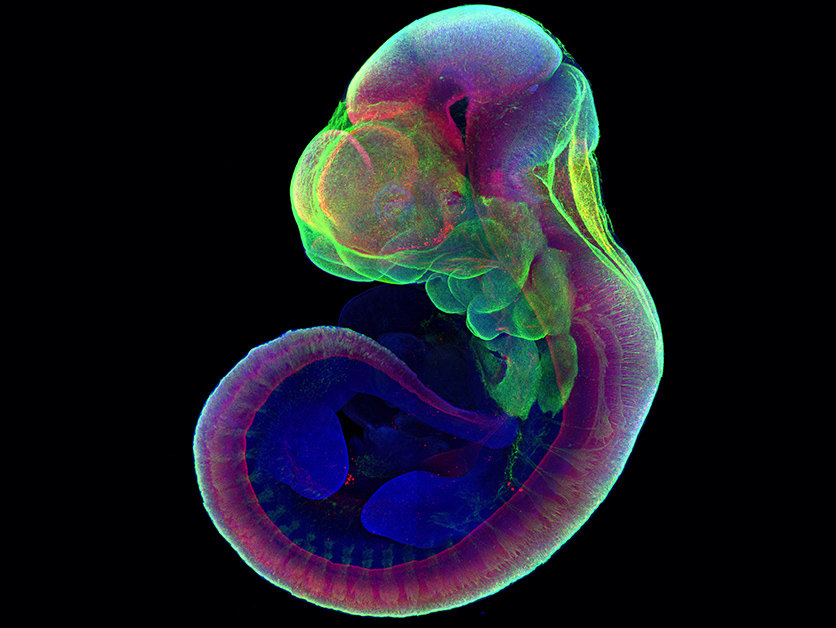
Weizmann Institute Scientists Grow Advanced Mouse Embryos Outside the Uterus
In a first, the Weizmann Institute’s Prof. Jacob Hanna and his group have grown mouse embryos in an artificial uterus. The feat allows scientists to study the early stages of development, with potential implications that include understanding why implantations fail and the gestational conditions behind developmental disorders, as well as reduced need for laboratory animals.
Two Danforth Center Scientists Receive Prestigious Awards Recognizing Their Achievements And Leadership
Andrea Eveland received the Marcus Rhoades Early Career Award at the 63rd Maize Genetics Conference. Malia Gehan received the 2021 North American Plant Phenotyping Network (NAPPN) Early Career Award at the NAPPN annual conference.
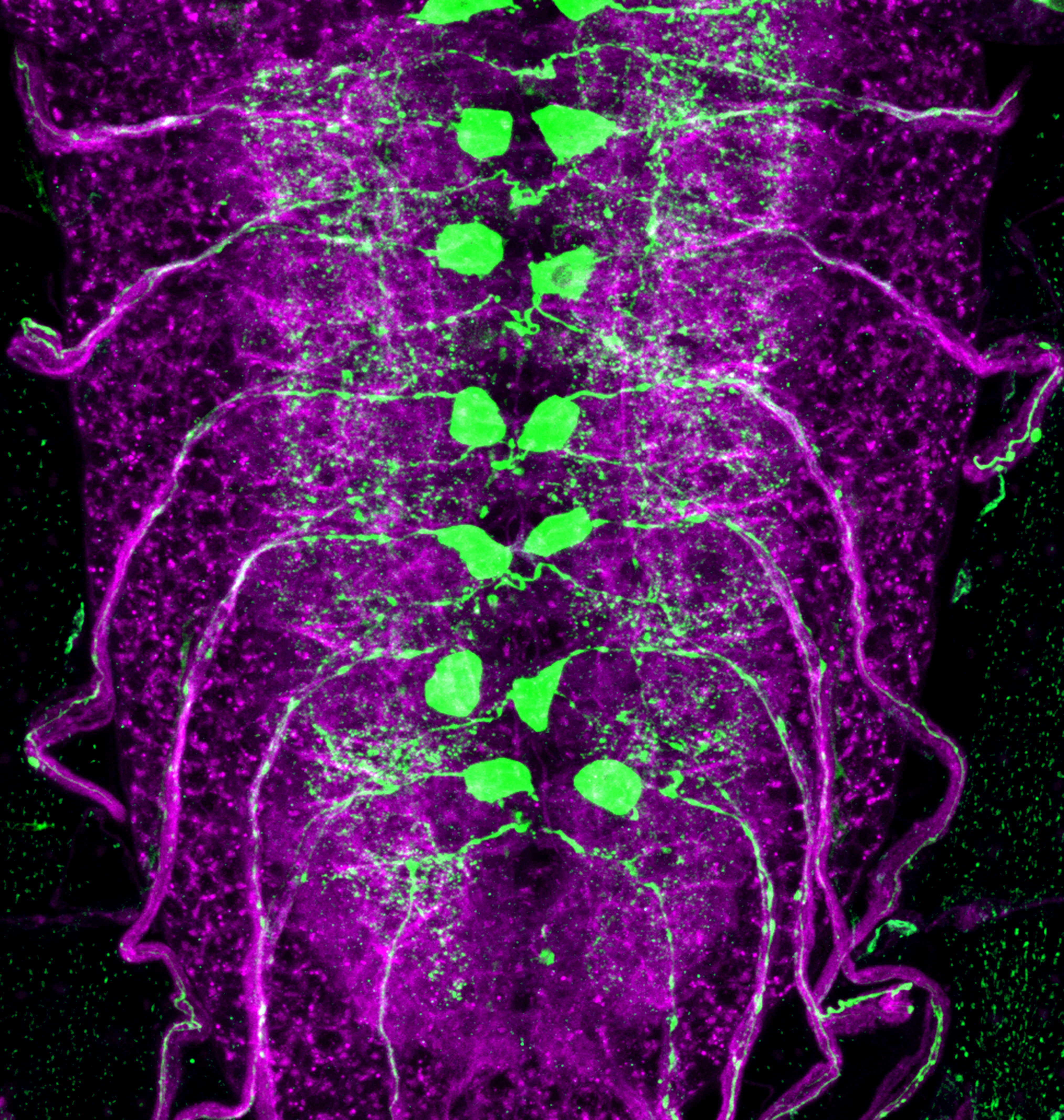
Study shows how some neurons compensate for death of their neighbors
By studying several neuron pairs that innervate distinct muscles in a fruit fly model, researchers found that some neurons compensate for the loss of a neighboring partner.
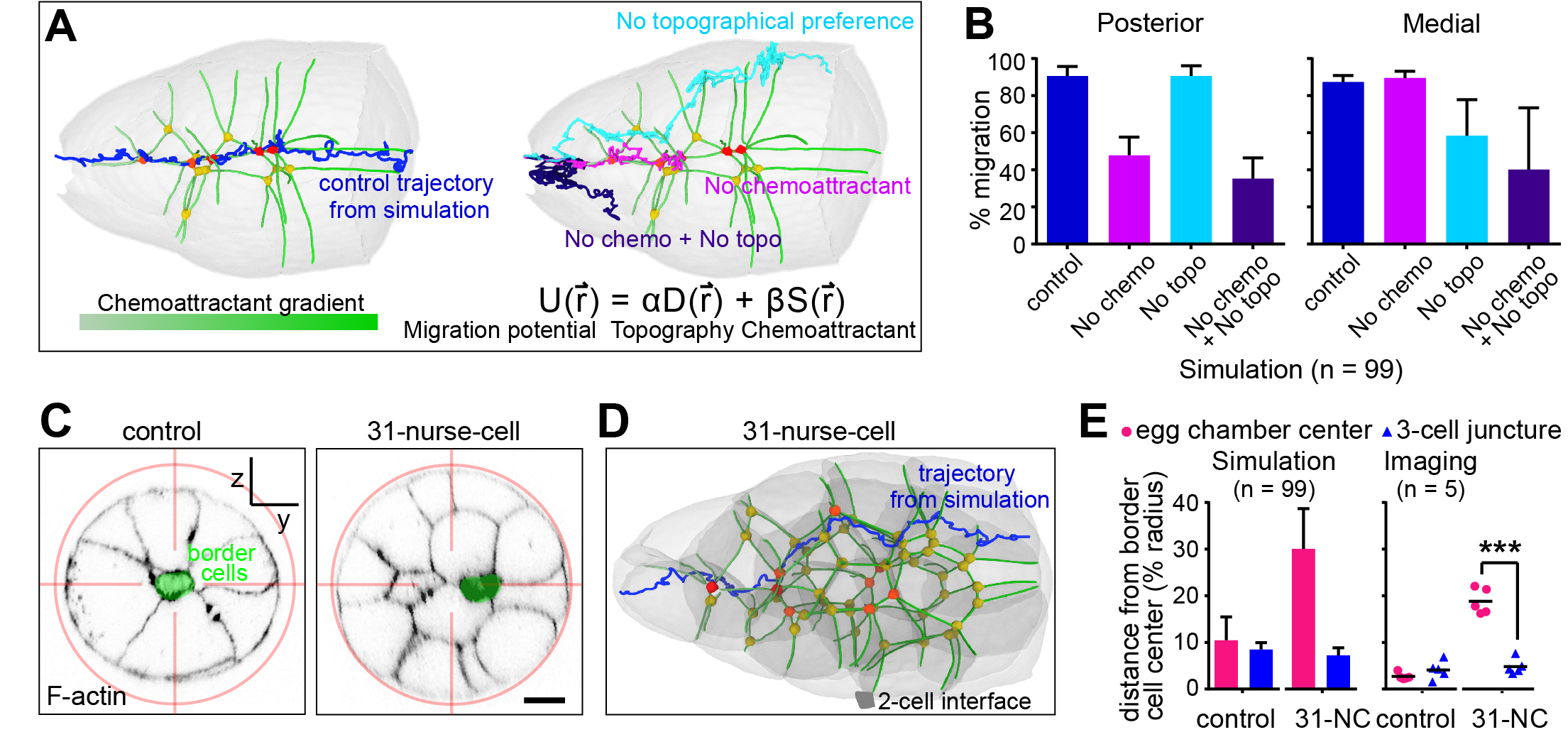
Scientists Use Geometry to Track Cell Migrations
A team of physicists and biologists investigate the effect that the geometry of the biological environment has on cellular movement. Their findings are published in the journal Science.
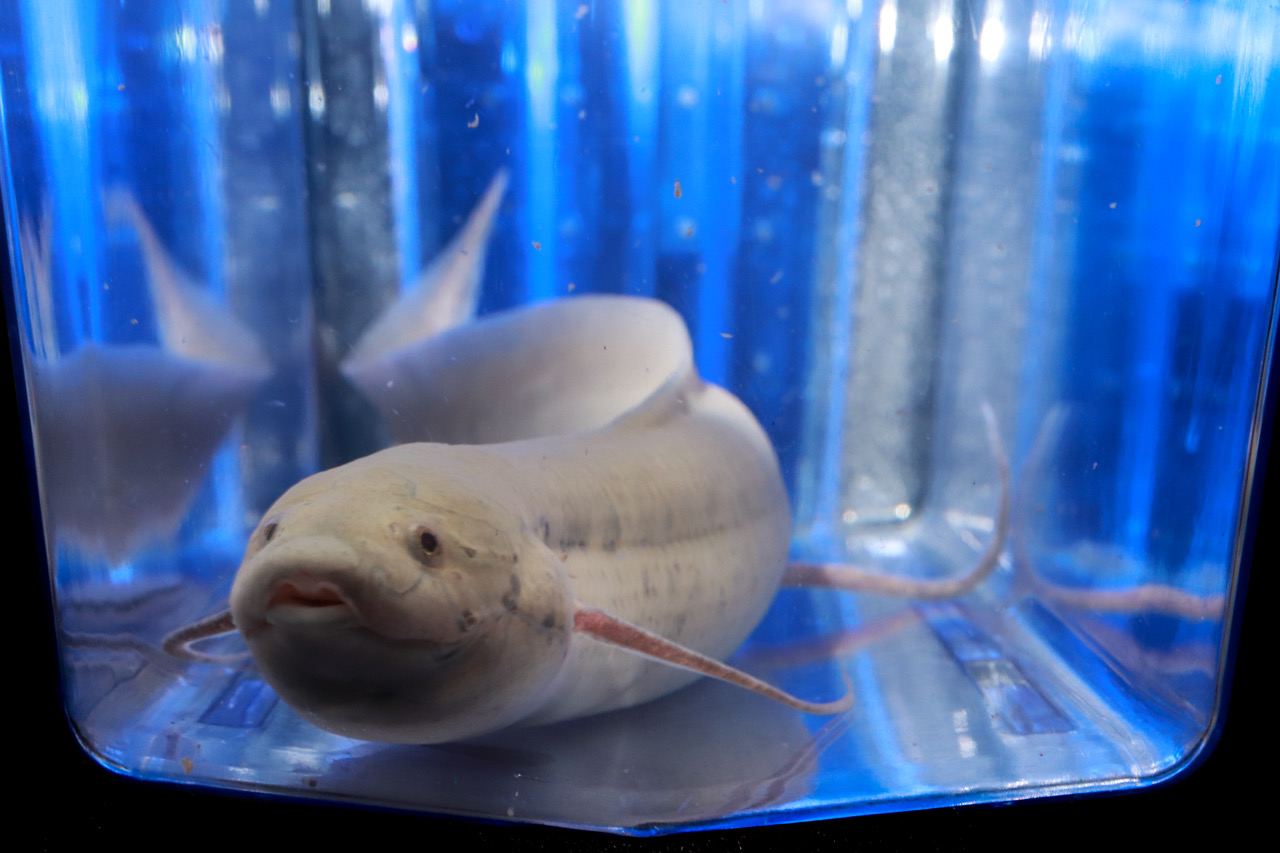
Tail regeneration in lungfish provides insight into evolution of limb regrowth
A new study published in the Proceedings of the Royal Society B from researchers at the University of Chicago and Universidade Federal do Pará explores regenerative ability in the tails of West African lungfish for the first time, and finds that the process shares many of the same traits as tail regeneration in salamanders. Their results indicate that this trait was likely found in a common ancestor – and provide a new opportunity for better understanding and harnessing the mechanisms of limb regrowth.

Genetic mutations may be linked to infertility, early menopause
A new study from Washington University School of Medicine in St. Louis identifies a specific gene’s previously unknown role in fertility. When the gene is missing in fruit flies, roundworms, zebrafish and mice, the animals are infertile or lose their fertility unusually early but appear otherwise healthy. Analyzing genetic data in people, the researchers found an association between mutations in this gene and early menopause.

The big gulp: the inside-out protection of parasitic worms against host defenses
A team of developmental biologists at the Morgridge Institute for Research has discovered a means by which schistosomes, parasitic worms that infect more than 200 million people in tropical climates, are able to outfox the host’s immune system.
Pregnancy Complications in Assisted Reproduction Linked to a Specific Process
An experimental study from researchers in the Perelman School of Medicine at the University of Pennsylvania links a specific procedure – embryo culture – that is part of the assisted reproduction process (ART) to placental abnormalities, risk for preeclampsia, and abnormal fetal growth. The team, led by Marisa Bartolemei, PhD, a professor of Cell and Developmental Biology, published their findings today in Development.
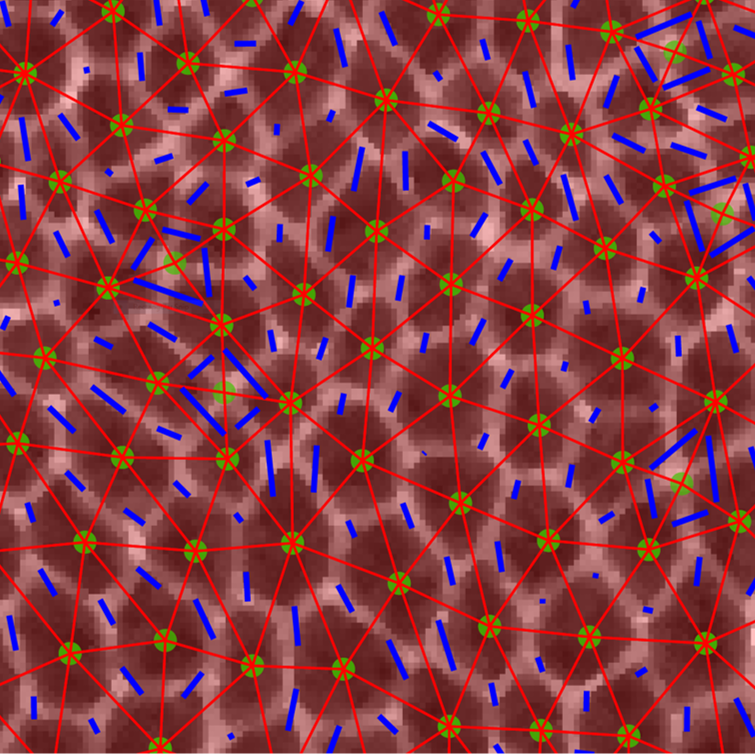
New View on How Tissues Flow in the Embryo
Watching and measuring what happens in tissues inside the human embryo is currently not possible, and it’s difficult to do in mammalian models. Because humans and the fruit fly Drosophila share so many biological similarities, Columbia Engineering and Syracuse University researchers tackled this problem by focusing on fruit flies. The team reports today that they can predict when the tissue will begin to rapidly flow just by looking at cell shapes in the tissue.

UC San Diego to Advance Stem Cell Therapies in New Space Station Lab
UC San Diego and Space Tango received a NASA award to develop the first dedicated stem cell research laboratory within the International Space Station.

How Sperm Unpack Dad’s Genome so it Can Merge with Mom’s
UC San Diego researchers discover the enzyme SPRK1’s role in reorganizing the paternal genome during the first moments of fertilization — a finding that might help explain infertility cases of unknown cause.

Think all BPA-free products are safe? Not so fast, scientists warn
Using “BPA-free” plastic products could be as harmful to human health — including a developing brain — as those products that contain the controversial chemical, suggest scientists in a new study led by the University of Missouri and published in the Proceedings of the National Academy of Sciences.
Tiny salamander’s huge genome may harbor the secrets of regeneration
The type of salamander called axolotl, with its frilly gills and widely spaced eyes, looks like an alien and has other-worldly powers of regeneration. Lose a limb, part of the heart or even a large portion of its brain? No problem: They grow back.

Team builds the first living robots
Scientists repurposed living frog cells—and assembled them into entirely new life-forms. These tiny “xenobots” can move toward a target and heal themselves after being cut. These novel living machines are neither a traditional robot nor a known species of animal. They’re a new class of artifact: a living, programmable organism.